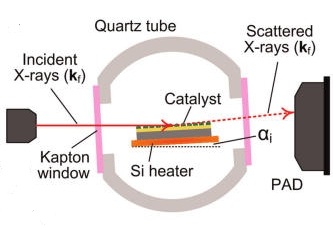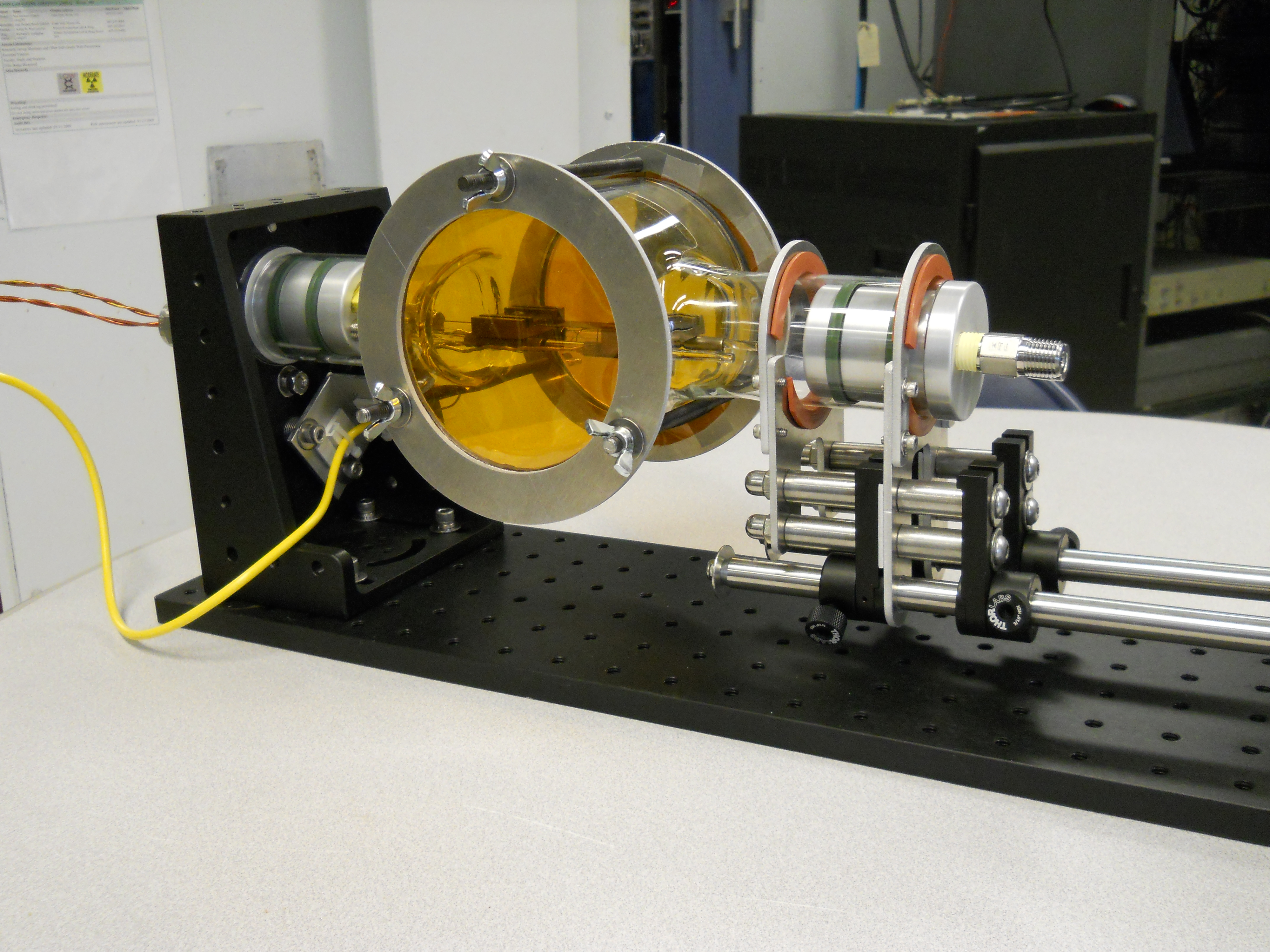X-RAY RUNS: Apply for Beamtime
2017 Nov 1 - Dec 21
2018 Feb 7 - Apr 3
2018 Proposal/BTR deadline: 12/1/17
2018 Apr 11 - Jun 4
2018 Proposal/BTR deadline: 2/1/18

In situ measurements reveal new insights into packed bundles of carbon nanotubes.
Carbon nanotubes (CNTs), well known for their unique combination of mechanical, thermal, and electronic properties, are already commercially manufactured and used for many applications. Carbon nanotubes are most commonly grown as isolated tubes and fibers; however, many additional applications, such as for electro-optical devices, are enabled by densely packed, aligned bundles of CNTs known as CNT-forests. Although such forests are routinely produced, many mysteries surround the mechanisms by which they form and, critically, what factors control and limit their properties, including their maximum length. Reporting in a recent issue of ACS Nano, the Hart group of the University of Michigan, in collaboration with researchers at Cornell University and the Cornell High Energy Synchrotron Source, describe the first high-speed, in situ grazing incident small angle scattering (GISAXS) x-ray studies of CNT forest growth. Quantitative analysis of the results yielded insights into the coarsening of Fe catalyst particles prior to CNT nucleation and the size and ordering of CNTs once growth has begun. These insights allow optimization of the CNT-forest growth process.
Experiments were conducted at the wiggler-fed G1 hutch at CHESS, capable of delivering monochromatic flux of 3×1013 photons/sec/mm2 at the sample position. The experiments employed a custom glass-tube furnace (fabricated by Absolute Nano, Plymouth, MI) designed specifically for in situ x-ray studies. A new version of this furnace has been purchased (see Figure) and is now available for general use at CHESS. The experiments also utilized a novel, 2D x-ray detector fabricated by the Gruner group (Cornell), and originally designed as part of the principle 2D detector system for the Linac Coherent Light Source at SLAC, the world’s first hard x-ray free electron laser.

The results of these studies were published recently in the journal Structure: Ki Hyun Nam, Charles Haitjema, Xueqi Liu, Fran Ding, Hongwei Wang, Matthew P. DeLisa, and Ailong Ke; "Cas5d Protein Processes Pre-crRNA and Assembles into a Cascade-like Interference Complex in Subtype I-C/Dvulg CRISPR-Cas System", Structure Volume 20, Issue 9, 5 September 2012, Pages 1574–1584 doi: 10.1016/j.str.2012.06.016 PDB entry: 4F3M.
Link: http://mechano.web.itd.umich.edu/?p=2492
Reference: E.R. Meshot, E.A. Verploegen, M. Bedewy, S. Tawfick, A.R. Woll, K.S. Green, M. Hromalik, L.J. Koerner, H.T. Philipp, M.W. Tate, S.M. Gruner, and A.J. Hart; "High-speed in situ X-ray Scattering of Carbon Nanotube Film Nucleation and Self-organization", ACS Nano. 6:5091-5101 (2012)
Submitted by: Arthur Woll, CHESS, Cornell University
12/21/2012
